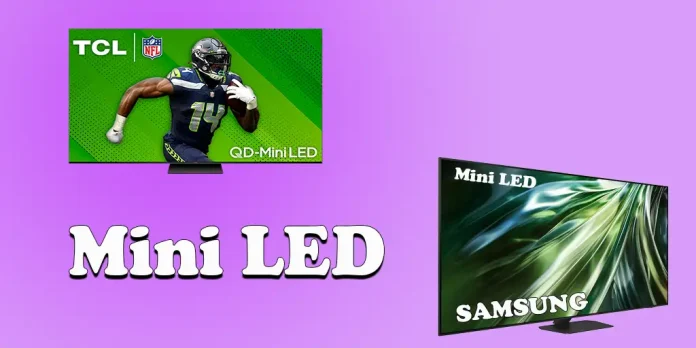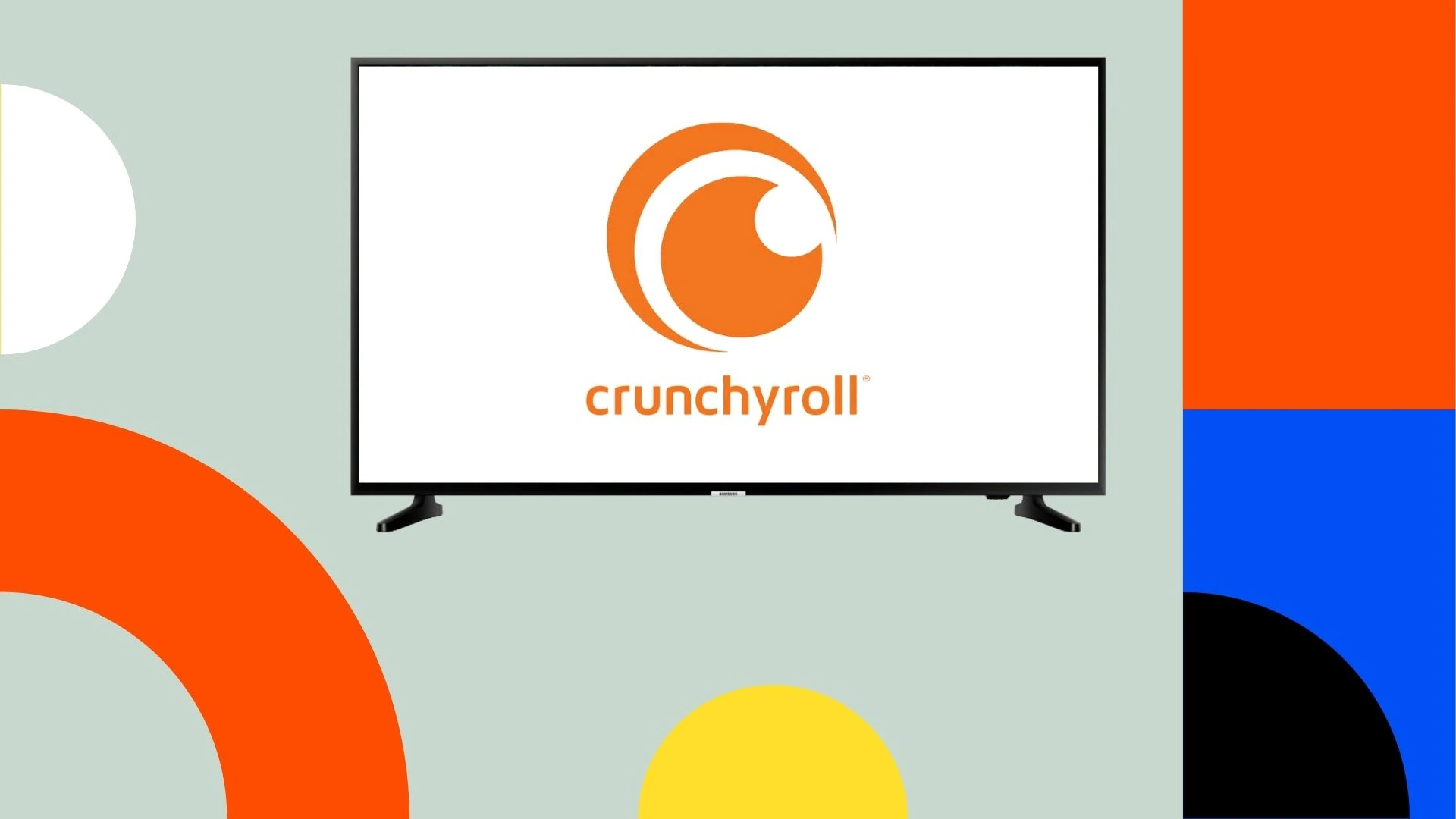The world of display technology can be overwhelming, especially with terms like OLED, QLED, Mini LED, and Micro LED. Let’s explore what Mini LED technology is, its benefits, and whether it’s worth your attention.
What Is Mini LED?
Mini LED is an advanced version of direct LED backlighting. Unlike traditional LEDs, Mini LEDs are much larger, allowing manufacturers to embed hundreds or even thousands of them in a screen. This allows for better control of backlight areas, but has little or no effect on brightness or contrast.
For instance, a standard LED TV may only have a few dozen backlight zones, while a Mini LED TV can feature thousands. This results in more precise lighting, better distinction between bright and dark areas, and minimizes the issue of not achieving true black on LED TVs.
How Does Mini LED Work, and What Are Its Benefits?
As mentioned earlier, Mini LED works on the same principle as traditional direct LED backlighting. Small LEDs are evenly distributed behind the LCD panel. The primary advantage of this technology lies in its improved local dimming, allowing better control over individual screen areas.
However, the differences are mostly noticeable in scenes with darker content. In bright scenes, the type of backlight—whether standard LED or Mini LED—makes little difference. Mini LED offers incremental improvements rather than a revolutionary leap in picture quality.
Should You Buy a Mini LED TV?
Mini LED represents a natural progression in display technology. While it does provide better backlighting, its adoption will primarily stem from the gradual replacement of older production lines, not from game-changing advantages.
For most content, the difference between Mini LED and standard Direct LED is minimal. Achieving perfect dimming for scenes with both dark and bright elements remains challenging. If top-tier image quality is your goal, an OLED TV remains the superior option.
The Role of Marketing in Mini LED Popularity
It’s also worth noting that Mini LED advertising is largely driven by Chinese manufacturers who have acquired older LED factories from companies like LG and Samsung. While brands such as LG and Samsung list Mini LED in specifications, their flagship focus remains on OLED technologies.
In summary, Mini LED is an evolutionary step forward and will eventually replace traditional Direct LED. However, it’s not a groundbreaking development. If you’re in the market for a new TV, Mini LED is worth considering, but for the best picture quality, OLED still holds the crown.




